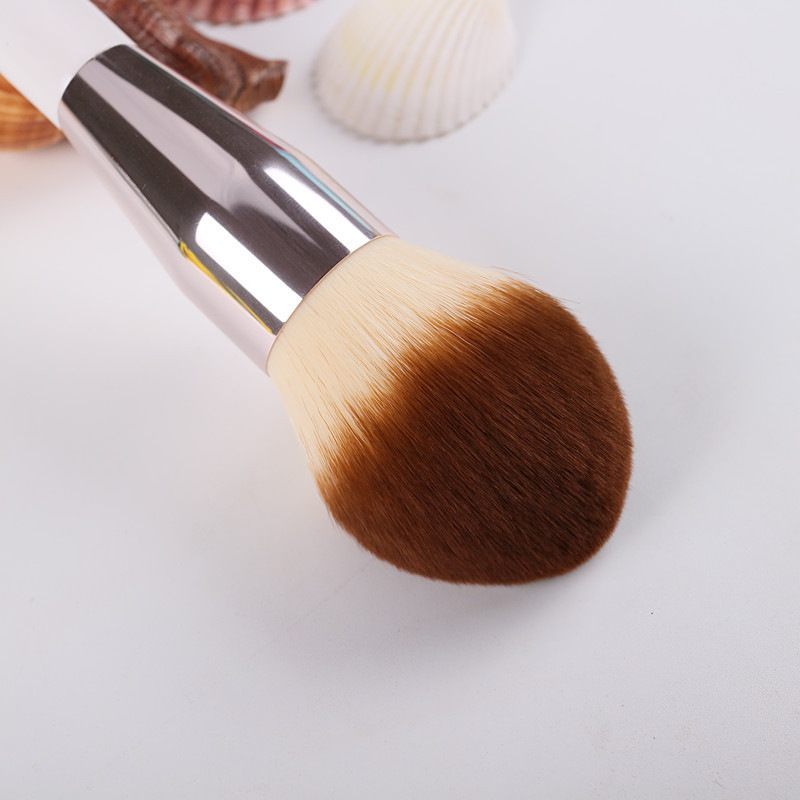Industry news
Brazilian Cosmetic Brush Industry Report: Rising Costs of Animal Bristles Drive Innovation in Synthetic Materials
- 313 Views
- 2025-08-16 01:31:38
Brazilian Cosmetic Brush Industry Report: Rising Costs of Animal Bristles Drive Innovation in Synthetic Materials
Brazil’s cosmetic brush industry is undergoing a transformative shift, driven by skyrocketing costs of animal bristles and growing demand for cruelty-free alternatives. As one of South America’s largest beauty markets, Brazil has long relied on animal-derived materials like boar bristle and goat hair for high-end makeup brushes. However, a confluence of supply chain disruptions, regulatory pressures, and consumer preferences is pushing manufacturers toward synthetic materials, sparking a wave of innovation in the sector.
Industry Landscape: A Growing Market at a Crossroads

Brazil’s cosmetic industry has seen steady growth, with the Brazilian Association of Personal Hygiene, Perfumery, and Cosmetics (ABIHPEC) reporting a 7.2% increase in 2023 sales, reaching R$98 billion (approximately $19.6 billion). Within this, makeup tools—including brushes—account for 8-10% of the market, driven by rising middle-class disposable income and social media-driven beauty trends. Traditionally, 60-70% of premium brushes in Brazil used animal bristles, valued for their softness and powder-retention capabilities. But this dependency is now strained.
The Animal Bristle Crisis: Costs Soar Amid Supply Chain and Ethical Pressures
Since 2022, animal bristle prices have surged by 35-40%, according to industry insiders. Key drivers include:
- Supply chain bottlenecks: Major exporters like China and India have imposed stricter quality controls and export tariffs, limiting global supply. Post-pandemic logistics costs have further inflated import prices by 22% in 2023.
- Ethical and regulatory shifts: Brazil’s National Animal Protection Authority (ANP) has tightened animal welfare laws, increasing compliance costs for bristle sourcing. Concurrently, 68% of Brazilian consumers now prioritize “cruelty-free” products (Nielsen 2023), pressuring brands to avoid animal-derived materials.
- Environmental costs: Animal bristle processing involves water-intensive cleaning and chemical treatments, conflicting with Brazil’s 2021 National Environmental Policy, which imposes higher taxes on high-pollution manufacturing.
Synthetic Materials: Innovation Takes Center Stage
To counter these challenges, Brazilian manufacturers are investing heavily in synthetic brush丝 (brush filaments) R&D. Leading players—including local brands like Hidra Cosmetics and international subsidiaries like Sigma Beauty Brazil—are pioneering advancements:
- Advanced Polymers: Modified nylon 6 and 66 filaments, engineered with hollow cores and tapered tips, mimic the softness and bounce of natural bristles. Tests by São Paulo State University show these synthetics retain 90% of the powder pickup of goat hair, with 30% longer durability.
- Biomimetic Design: Companies like BrushesTech Brasil use 3D modeling to replicate the microscopic structure of animal hairs, creating filaments with split ends for seamless blending. Their “BioSoft” line, launched in 2023, now holds 15% of Brazil’s premium brush market.
- Sustainability Add-ons: Antimicrobial coatings (using silver nanops) and biodegradable bases (plant-based PLA blends) address hygiene and eco-concerns. These features have boosted synthetic brush adoption among Gen Z consumers, with TikTok hashtags like SintéticoSemCrueldade (CrueltyFreeSynthetic) garnering 2.3 billion views in 2023.
Market Impact: Affordability Meets Demand
Synthetic brushes now offer a 15-20% cost advantage over animal bristle alternatives, making them attractive to mid-tier brands. Data from trade group ABRAFARMA shows synthetic brush sales grew 45% YoY in 2023, outpacing the overall makeup tool market (28%).中小厂商 (SMEs) are particularly benefiting, as synthetic materials reduce reliance on volatile global supply chains. For example, Rio-based startup Pincéis Veganos scaled production 3x in 12 months by focusing solely on synthetic brushes, securing partnerships with retailers like Sephora Brazil.
Future Outlook: Synthetic Materials to Dominate by 2025
Industry forecasts predict synthetic materials will capture over 55% of Brazil’s cosmetic brush market by 2025, up from 38% in 2022. Key catalysts include:
- Policy Support: Brazil’s Ministry of Industry recently allocated R$50 million ($10 million) in green tech grants for synthetic filament研发, targeting 30% local production by 2026.











